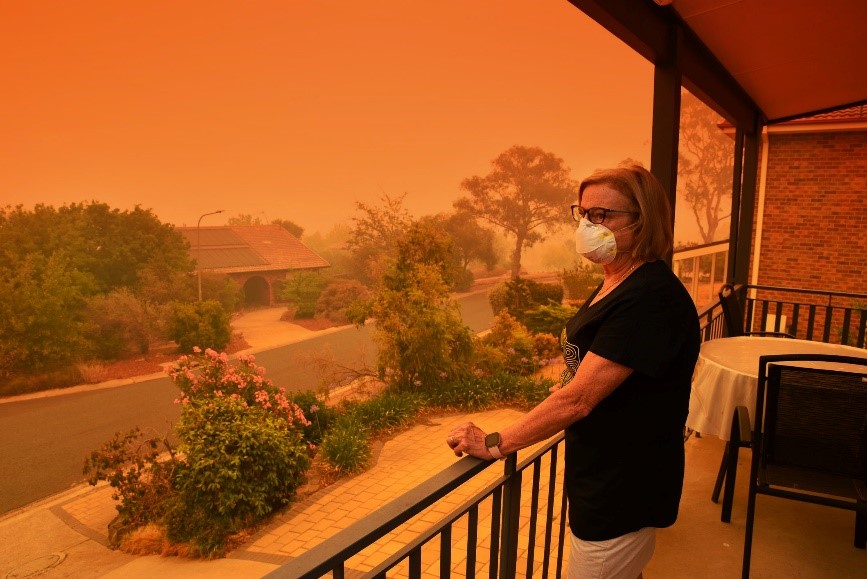Must-Haves and Nice-To-Haves Lists
Finding your dream home may not be easy, but there are things you can do to make it easier, like creating a “Must-Haves” list and a “Nice-To-Haves” list. These lists allow serious home buyers to save time, energy, and ultimately, money as they prepare to buy a home.
A Must-Have List is exactly what it sounds like, a checklist of the details that are non-negotiable for your new home. It’s essential to sit down and think about the things you need in order to feel comfortable there for the next 7-13 years.
Your “Nice-To-Haves” list is a checklist of details that you’d like to have, but you can live without. This list is great for those things that you’ve always dreamed of but may be out of reach for reasons such as your budget or location. This list may include things like fireplaces or gas appliances, a pool, or other non-essential items.
Your “Must-Haves” list focuses your search and helps your agent narrow down which homes are worth your time. Your “Nice-to-Haves” list will help you determine what you’re willing to sacrifice, which will ultimately solidify your must-haves.
These lists can also help manage your expectations regarding price. Take your lists to your real estate agent, along with your pre-approval from a lender, and you’ll be able to work together to determine what is a reasonable ask within your budget and your desired location.
Creating Your “Must-Haves” List
The first step is to think about the essentials. If things like location and number of bedrooms and bathrooms are a priority, then you’ll want to include them in your must-haves. Consider where you live now and use that as a starting point; what do you love and what are you missing? You may need more storage space, or an extra room to work remote, or a larger backyard for the newest member of the family.
Here are some questions to ask yourself as you build your “Must-Haves” list:
- Where do you want to live? (Be as specific as you can.)
- What do you have now that you can’t live without?
- What are you missing now that you may need for the next several years?
If you’re struggling to determine what it is you need to have, you can start working on your “Nice-To-Haves” list. This can also help you determine what is essential. For example, it may be nice to have five bedrooms when in reality, a three-bedroom house with a flex space that works for an office or guest room would do the trick.
Creating your “Nice-To-Haves” List
While you’re working on your “Nice-To-Haves” list, you’ll be thinking about the parts of a home that would be great to have but aren’t as important for you. You might also want to take into consideration what is reasonable in your area and if it’s a common amenity.
Here are some questions to ask yourself as you build your “Nice-To-Haves” list:
- What home upgrades are you willing to make?
- What is something you’d like to do in your house more often?
- What do you have in your current home that you love, but don’t need?
Searching for Your Next Home
These lists will help guide you and your real estate agent as you search for your next home. During this process you might realize some aspects aren’t as important to you as you thought, and vice versa. Keep your agent in the loop as you update your lists so they can continue to search for the perfect home for you.
Looking for a real estate agent who can help guide you through the home buying process? Connect with an Agent:
The post Must-Haves and Nice-To-Haves Lists appeared first on Fort Collins Real Estate | Fort Collins Homes for Sale & Property Search.




